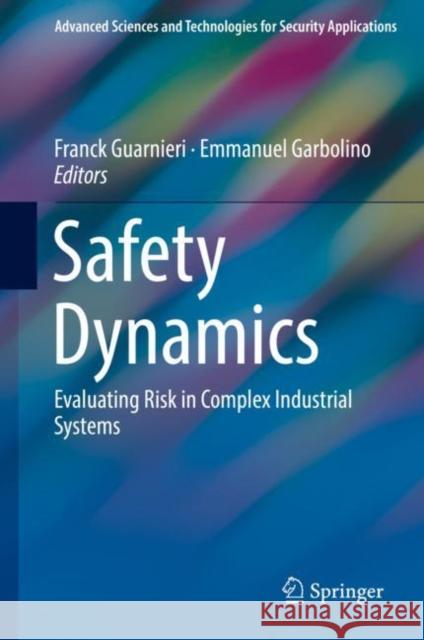Safety Dynamics: Evaluating Risk in Complex Industrial Systems » książka
topmenu
Safety Dynamics: Evaluating Risk in Complex Industrial Systems
ISBN-13: 9783319962580 / Angielski / Twarda / 2018 / 234 str.
Safety Dynamics: Evaluating Risk in Complex Industrial Systems
ISBN-13: 9783319962580 / Angielski / Twarda / 2018 / 234 str.
cena 403,47 zł
(netto: 384,26 VAT: 5%)
Najniższa cena z 30 dni: 385,52 zł
(netto: 384,26 VAT: 5%)
Najniższa cena z 30 dni: 385,52 zł
Termin realizacji zamówienia:
ok. 22 dni roboczych
Bez gwarancji dostawy przed świętami
ok. 22 dni roboczych
Bez gwarancji dostawy przed świętami
Darmowa dostawa!
Kategorie:
Kategorie BISAC:
Wydawca:
Springer
Seria wydawnicza:
Język:
Angielski
ISBN-13:
9783319962580
Rok wydania:
2018
Wydanie:
2019
Ilość stron:
234
Waga:
0.54 kg
Wymiary:
24.13 x 18.8 x 1.52
Oprawa:
Twarda
Wolumenów:
01











